Reviewed by Julianne Ngirngir
Picture this: You're browsing through Android development forums when you stumble across photos of a mysterious "Pen for Google Pixel Tablet" that supposedly never existed. The plot twist? Someone actually has one, complete with Google's Mountain View address etched right into the side. Welcome to tech's latest mystery box moment.
What you need to know:
Google was deep into developing an official Pixel Tablet stylus before canceling the Pixel Tablet 2
The "bushukan" codename pen was set to launch in white and gray with Find My Device integration
A working model with code GM0KF has mysteriously surfaced, matching leaked specifications exactly
The Pixel Tablet launched with USI 2.0 support but no official Google stylus to accompany it
When "canceled" doesn't mean gone forever
Here's where Google's tablet strategy gets fascinating: Android Authority's source revealed that this stylus was "deep into development, with global certifications already in progress" before the Pixel Tablet 2 got shelved. The pen, officially dubbed the "Pen for Google Pixel Tablet," carried the codename "bushukan" (or "B80") and was designed to arrive in two colors—white and gray—perfectly matching the tablet's Porcelain and Hazel aesthetic.
But here's what makes this discovery remarkable: those certification marks and model numbers prove this wasn't just concept art. The working prototype that surfaced carries the GM0KF model code that matches previous leaks perfectly, complete with a "Designed by Google" logo and the company's Mountain View campus address etched into its flat edge. That level of hardware finalization suggests Google was weeks, not months, from launch.
Most telling is how seamlessly it integrates with existing Android features. The pen's distinctive button—topped with Google's "G" logo—was designed to launch a quick note-taking app when pressed. But the real sophistication shows in its handwriting recognition capabilities, which transform the entire Pixel Tablet screen into an input surface where handwritten text converts to typed characters through Gboard's handwriting recognition. This isn't just stylus support—it's a fundamental reimagining of how Android handles pen input.
The engineering that almost shipped
What sets this phantom stylus apart from typical canceled products is the level of thoughtful integration Google achieved. After spending time with the prototype, it becomes clear this wasn't just another USI 2.0 pen with Google branding slapped on. Chrome Unboxed reported that it featured replaceable tips and was designed to magnetically attach to a companion keyboard accessory (also canceled, naturally)—but the real innovation lies in its software integration.
The Find My Device integration represents Google's understanding that styluses have a supernatural ability to vanish into couch cushions. More importantly, the pen's handwriting-to-text functionality works system-wide, not just in specific note-taking apps. You can scrawl anywhere on the screen—search bars, messaging apps, web forms—and watch your chicken-scratch handwriting transform into clean text.
The magnetic attachment system shows similar attention to user experience. While the Pixel Tablet itself lacks a dedicated stylus slot, the pen adheres securely to both the tablet's back and its case. Android Police noted that Google was preparing these advanced stylus functions as part of Android 14's enhanced stylus support, including options to set default note-taking apps and customize button behavior. This level of OS-level integration suggests Google wasn't just making an accessory—they were building a new input paradigm.
The strategic brilliance of USI 2.0 backup planning
Here's where Google's tablet strategy reveals its foresight: when the Pixel Tablet launched, its USI 2.0 stylus support seemed like an odd omission without a first-party pen. Now it makes perfect strategic sense—Google knew their premium option was in development limbo, so they future-proofed with industry-standard compatibility rather than leaving users stranded.
The Universal Stylus Initiative represents more than just cross-device compatibility. Google joined the organization in 2018, positioning itself within an ecosystem that includes major players like Intel, Lenovo, and ASUS. USI 2.0 brings substantial improvements over capacitive alternatives—up to 4,096 pressure levels, wireless charging capabilities, and precise input that unpowered styluses simply can't match.
This standardization strategy gives Google competitive flexibility while maintaining user choice. Options like the Penoval USI 2.0 ($60) and HP USI Wireless Pen G2 ($71.99) deliver professional-grade functionality immediately. The wireless charging feature in USI 2.0 particularly stands out—compatible styluses can charge simply by being placed next to supported devices, eliminating the cable management that plagues many active pens.
What Google's hardware investments reveal about tablet ambitions
The appearance of this production-ready stylus forces a critical question: how serious is Google about competing in the premium tablet space? Rumors circulated in April 2024 about a potential Pixel Tablet relaunch without the charging dock, possibly accompanied by stylus and keyboard accessories priced around €100 each. Those rumors suggested a May release window that obviously didn't materialize—but the existence of finished hardware suggests Google's internal debate continues.
Consider what global certifications actually mean: Google invested in regulatory approval across multiple markets, FCC testing, safety certifications, and manufacturing tooling. Certification processes were already underway, according to reports—that's not sunk cost you abandon lightly. The business case for releasing completed accessories remains compelling, especially when competitors like Samsung bundle S Pens and Apple pushes Apple Pencil adoption as tablet differentiators.
Google's challenge isn't technical capability—it's market positioning. The company clearly possesses the engineering expertise to create sophisticated stylus experiences, as evidenced by advanced features found in the Pixel Retail Demo app where "Pen for Pixel Tablet" strings were discovered. The question becomes whether Google views tablets as premium productivity devices worthy of first-party accessories, or smart home displays that happen to support styluses.
The current state of Pixel Tablet stylus options
For Pixel Tablet owners wondering about immediate solutions, the USI 2.0 ecosystem actually offers compelling alternatives that deliver most of Google's planned functionality. The ZAGG Stylus G2 provides pressure sensitivity, tilt recognition, palm rejection, and up to 15 hours of battery life—features that match or exceed many first-party options from other manufacturers.
Third-party solutions like the Penoval USI 2.0 offer 4,096 pressure levels with 90 hours of usage from a 50-minute charge—impressive specifications that highlight how mature the USI ecosystem has become. These pens integrate seamlessly with Android 14's enhanced stylus features, including the handwriting recognition and app shortcuts that Google's own pen would have provided.
The missing piece isn't functionality—it's the ecosystem integration that a first-party solution would bring. Google's unreleased pen promised deeper OS integration, customizable button behavior, and the kind of polish that comes from hardware and software teams working in perfect coordination. Whether those advantages justify waiting for an uncertain release, versus buying excellent third-party alternatives available today, depends entirely on your patience for Google's tablet strategy to crystallize.
This phantom stylus ultimately represents something larger than a canceled accessory—it's evidence of Google's serious investment in tablet computing, even if their commercialization timeline doesn't align with their engineering ambitions. Sometimes the most revealing tech stories aren't about products we can buy, but about the sophisticated solutions that exist in corporate limbo, waiting for the right strategic moment to emerge.






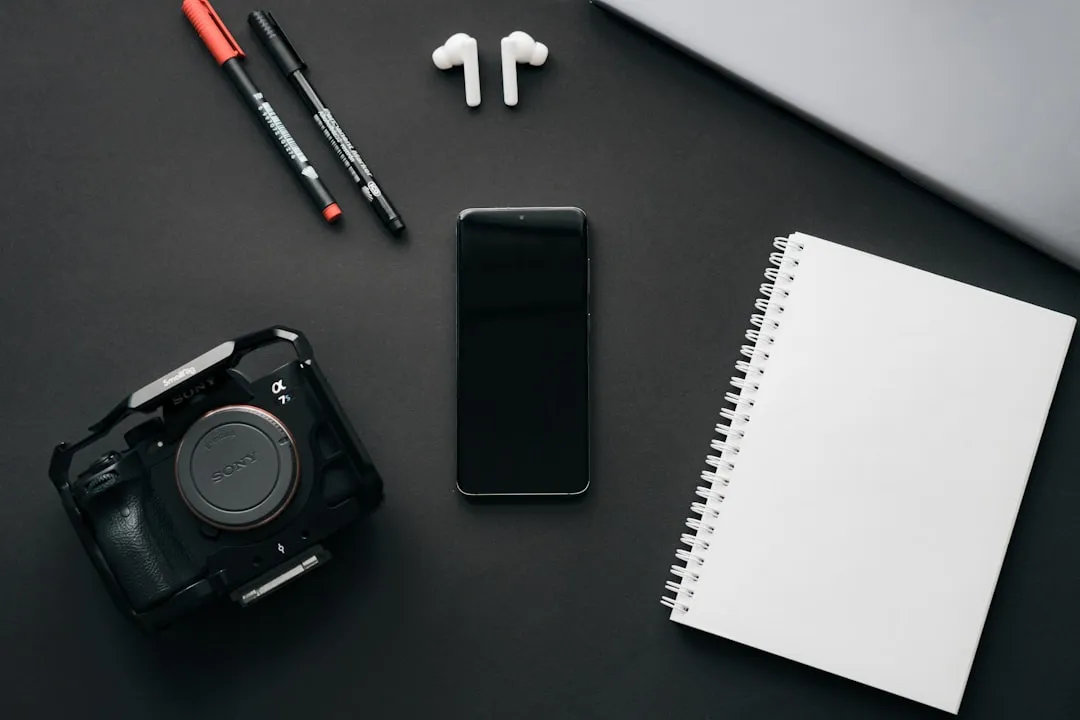

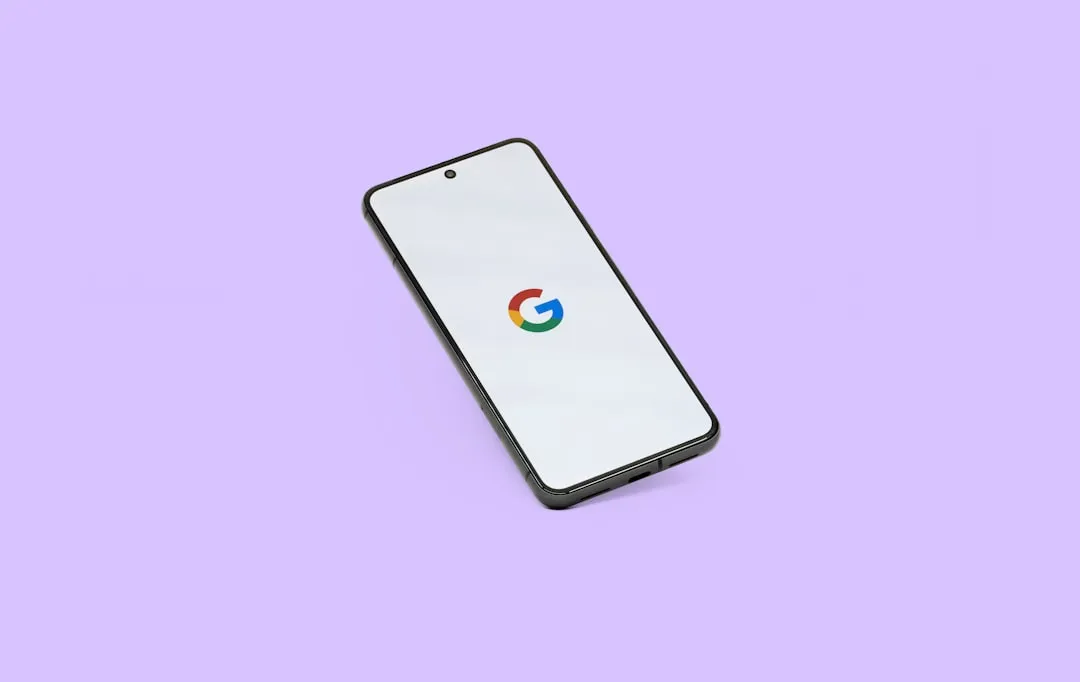

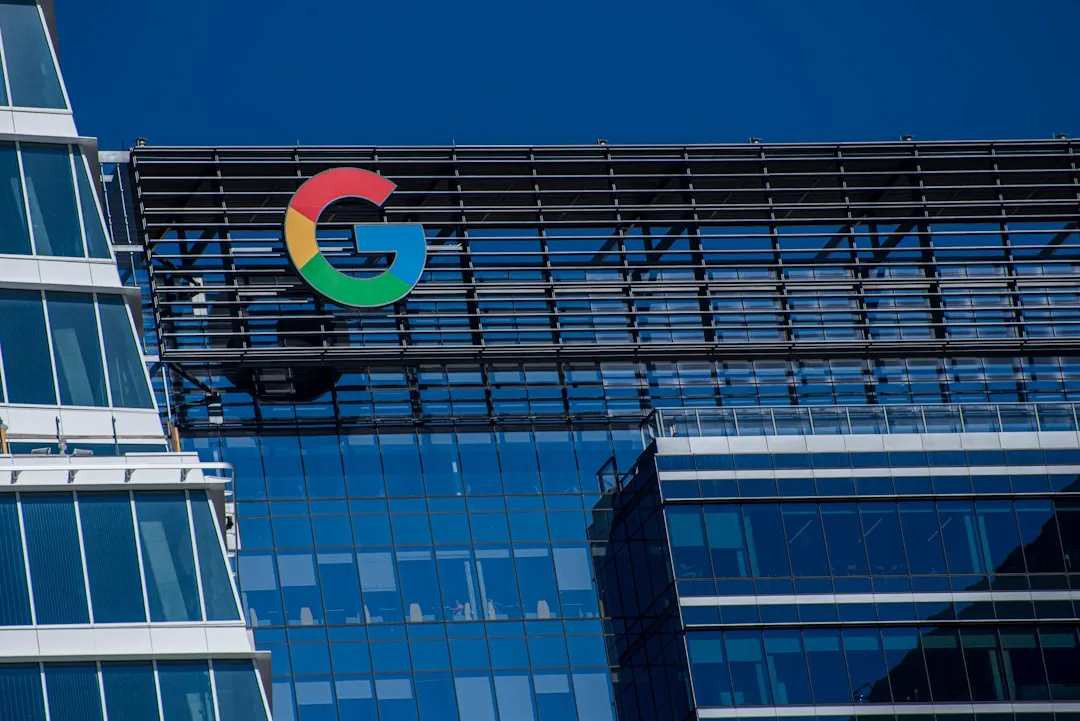
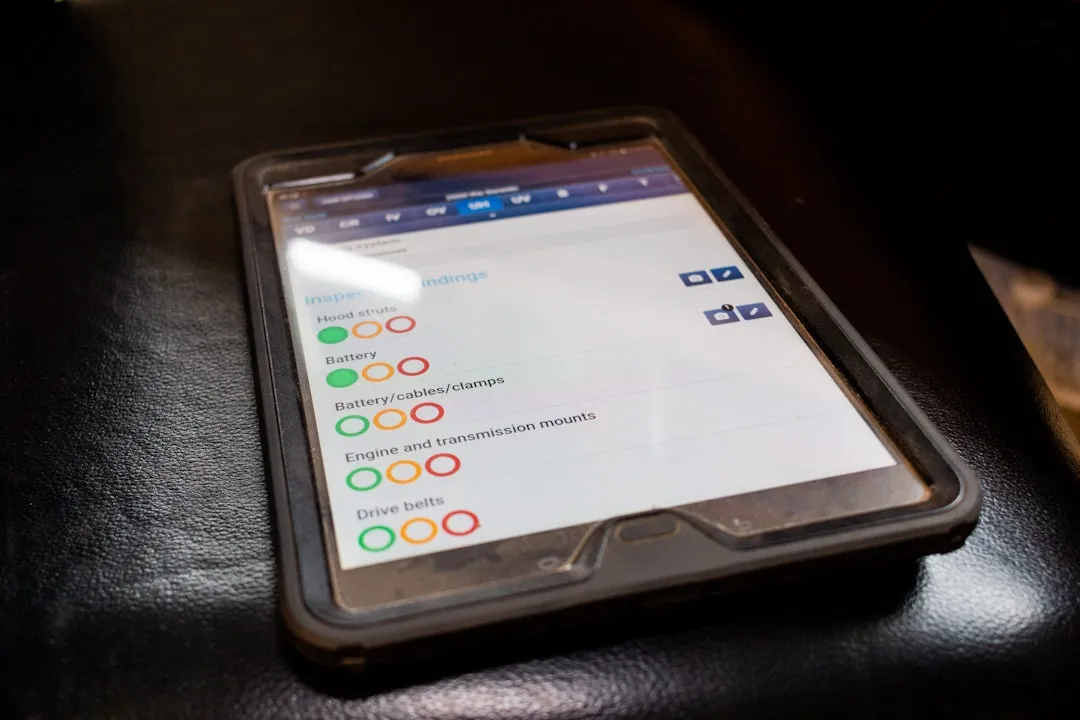


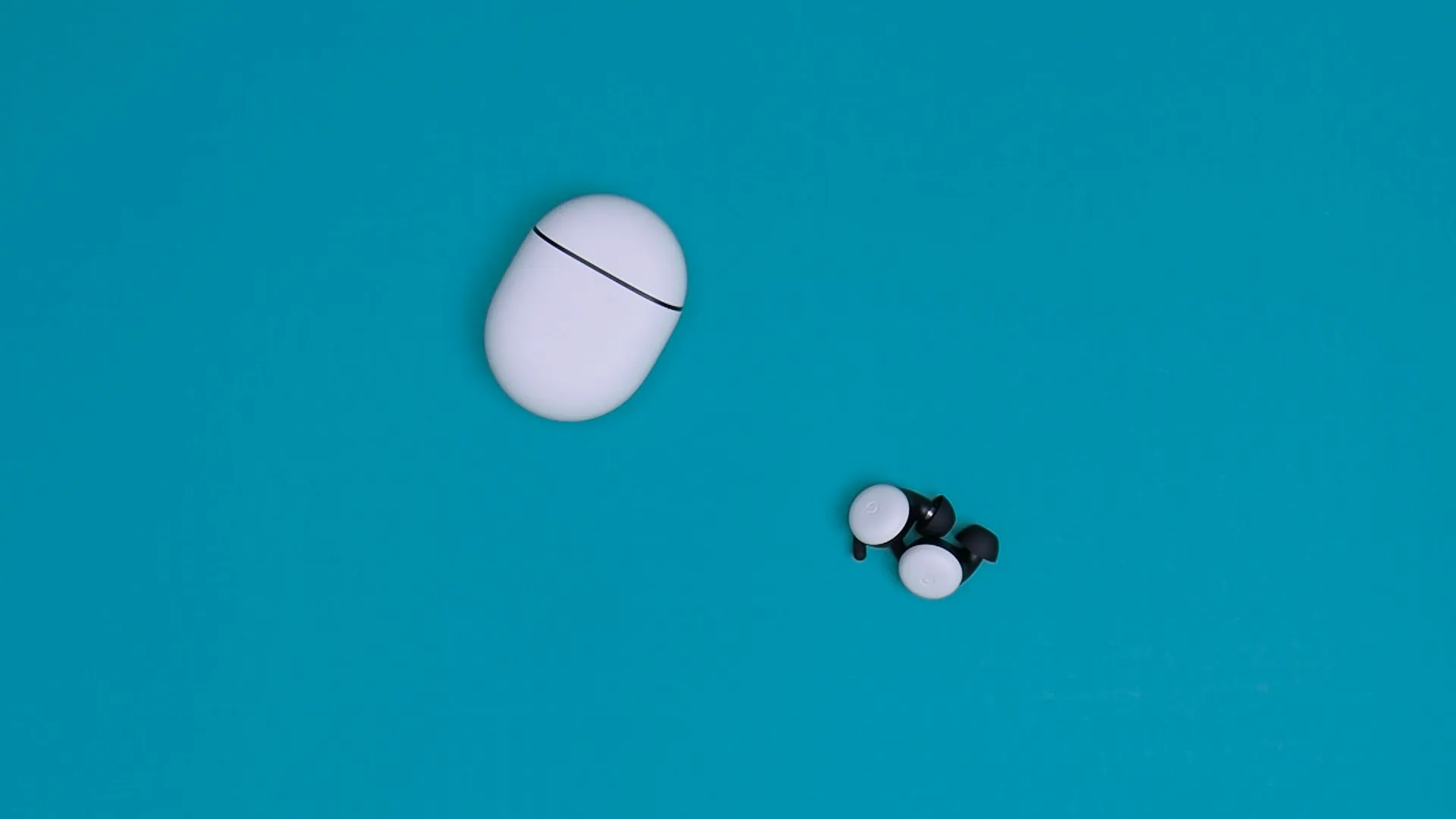




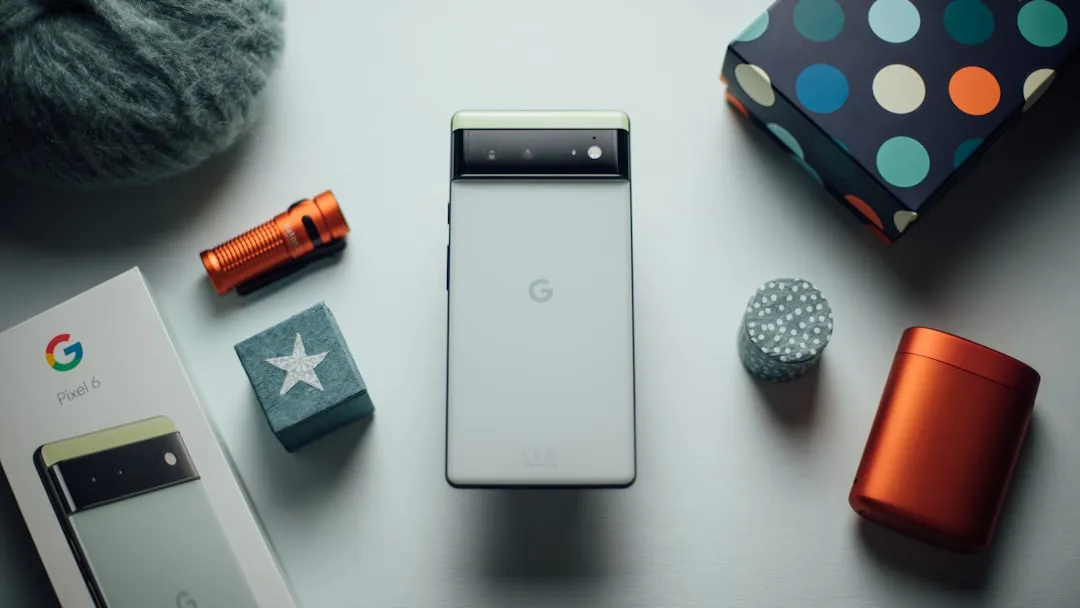
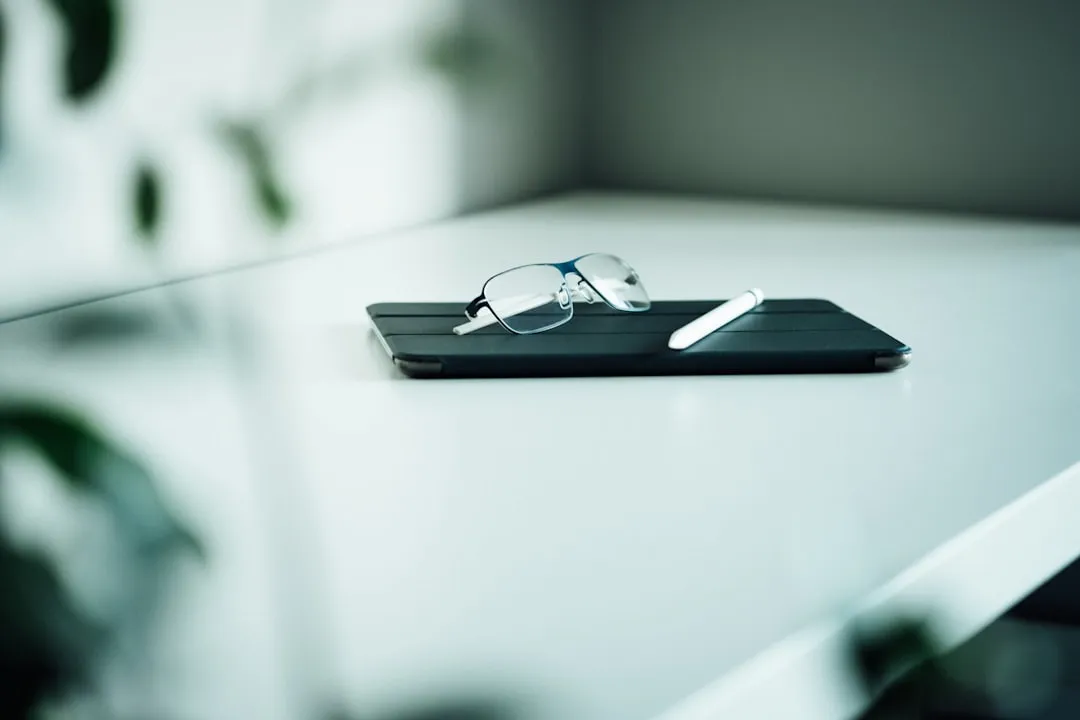
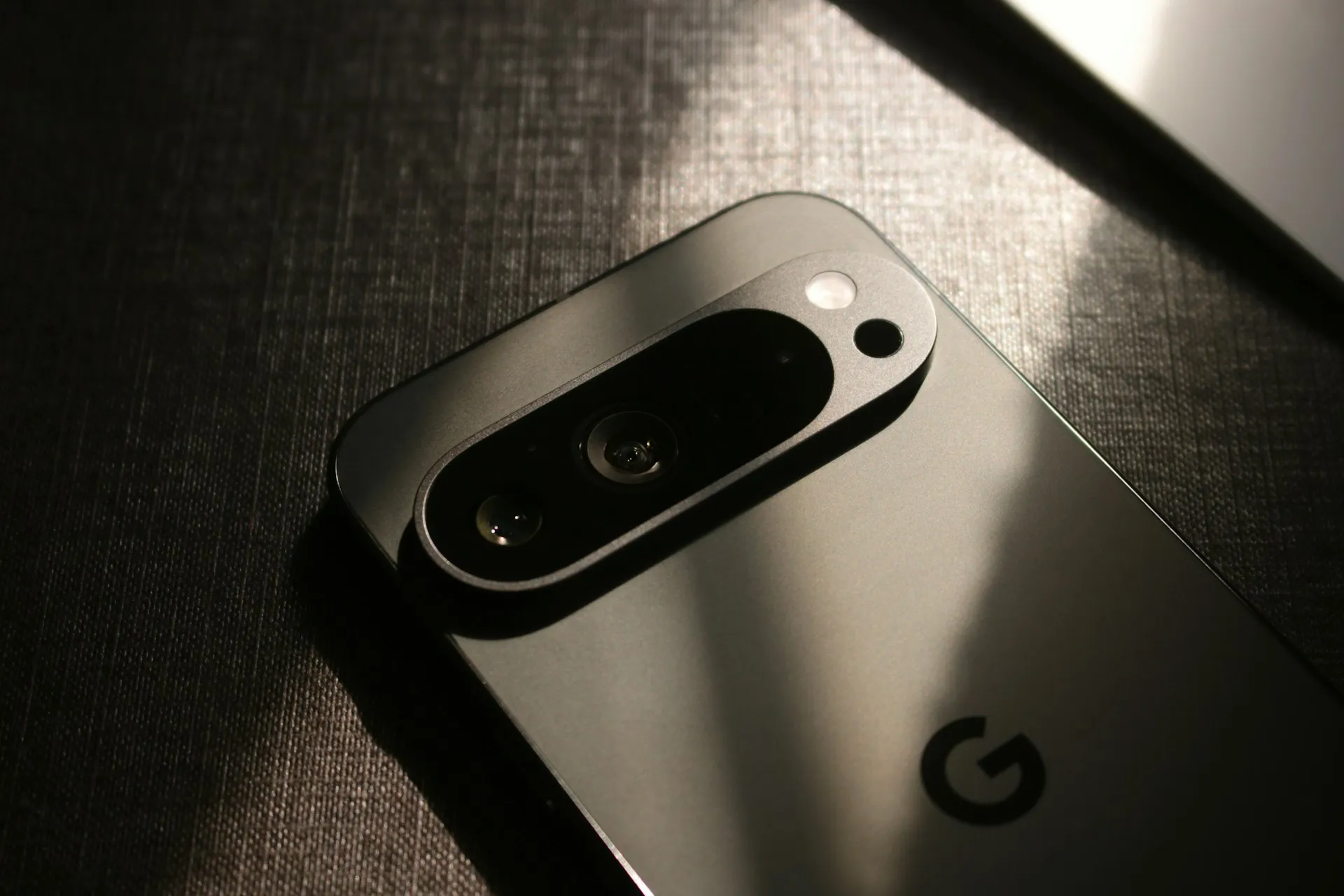
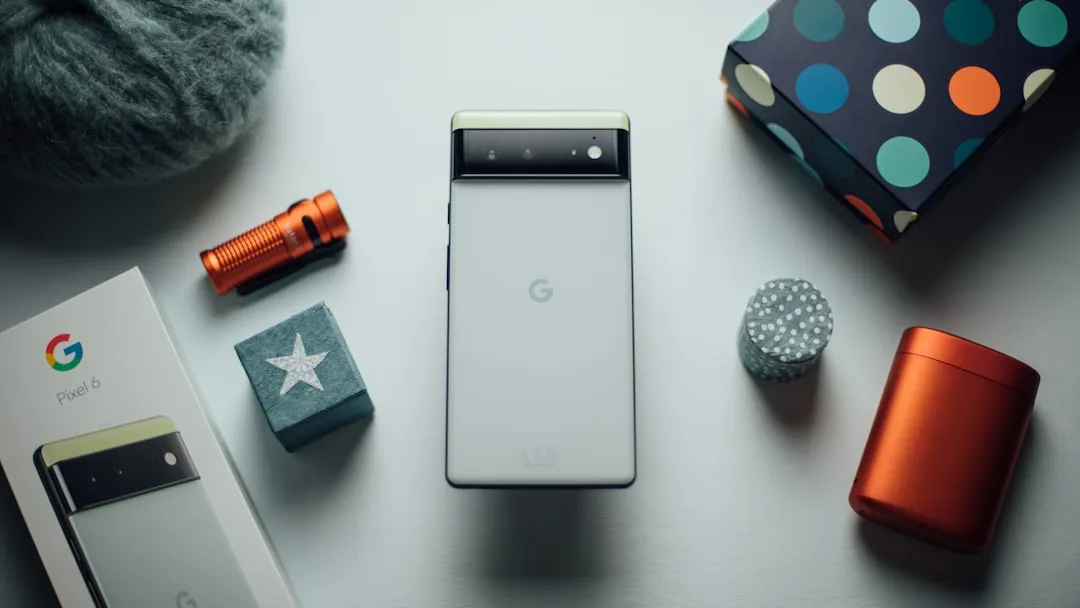
Comments
Be the first, drop a comment!